We met in the Spring 2015 semester. The blog which follows provides an overview of our experience working together as student and librarian on a challenging research assignment. In the first place, it took a lot of work to figure out a focused topic that would be amenable to the assignment. Then we unexpectedly had to do a lot more research than expected to try to track down a Polish national security document that is often referenced in the literature, but nowhere to be found. Included in the blog is a select list of works consulted, as well as the names of some of the individuals and organizations we enlisted for support on this project.
The Assignment
For an introductory comparative politics course taught by Professor Caroleen Sayej, a 15-page research paper was assigned as a semester-long project. The research paper was to include a clear research question; an engagement with the scholarly literature relevant to one’s topic (the theory) in the form of a literature review; and the use of primary source materials (the data). Those materials could include a wide range of possible sources such as constitutions, speeches, military, trade, or demographic data, or even literacy rates. To be clear, the following discussion is a reflection of the process of finding a topic and primary sources, not of the writing process. While it is true that we collaborated in the process of finding sources, it is also true that Dominic navigated the writing process, as well as the synthesis of the research, entirely on his own.
The Research
Choosing a topic was a long and constantly changing process that brought student and librarian together early in February. Our first meetings were discussions of ideas for a topic to research and considerations of various book and journal sources to support that research. We started off thinking about political violence and failed states in general, but after consulting some sources, the topic changed to a comparison of US and EU security strategies—still a giant topic.
We corresponded regularly for several weeks exchanging ideas. It seemed that with nearly every email, or every time we met, the topic changed again. It was frustrating. On March 18, we read with interest a front page story from the Sunday New York Times, “Poles Steel for Battle, Fearing Russia Will March on Them Next.” This newspaper article marked a turning point after which the rest of the semester was spent focusing on questions dealing with the article’s main subject: Poland. This evolved into the final research topic: Polish Security and Defense Policy in the Post-Communist Era.

Dominic Lentini, presenting a poster of his research, 6 May 2015.
As part of this assignment required an examination of primary documents, we discovered that The National Security Strategy of The Republic of Poland (NSSRP), coupled with the annual address given by the Polish Minister of Foreign Affairs (MFA), would be appropriate. A review of secondary literature revealed The National Security Strategy was issued periodically over the years after 1989, while the Annual Address was delivered yearly going back almost 100 years, as mandated by Polish law. The years from which the documents were chosen were 1992, 2003, and 2014. Analysis of these documents, we hypothesized, would shed light on the development of Polish security and defense policy in the difficult years of independence after communism.
Initially it seemed like finding the documents would be a trivial task, as the 2014 NSSPR and annual address were accessed in English with a single search on the Internet. That original search could not have been any more deceptive, however. The first obstacle appeared as soon as the two of us began to search for the documents for the 2003 juncture; also referenced in secondary sources. We quickly realized that the remaining documents were not nearly as accessible as they had been for the 2014 juncture.
The Impasse
This brings us to the most substantial impasse of our experience researching this topic. It is an impasse that continues to trouble us and one that might qualify as impossible research. A copy of the 1992 NSSPR in English, which is cited at least half a dozen times in our review of the scholarly literature, cannot be located. Now, please consider the following list of institutions with which we communicated in an attempt to locate a copy of this document:
- Baltic Defense College (Estonia)
- Connecticut State Library
- Ministry of Foreign Affairs (Poland )
- Ministry of Defense (Poland)
- National Defence University (Poland)
- NATO Multimedia Library (Belgium)
- Polish Embassy in the United States (through which we had success in locating the 2003 NSSRP)
- Polish Institute of International Affairs (PISM)
- United States Army War College
- United States Embassy in Poland
- Warsaw Security Forum (Poland)
Additionally we communicated with all of the following individuals:
- Bert Chapman, Govt. Information, Political Science, & Economics Librarian, Purdue University
- Jackie Granger, Brussels Liaison Officer, European Union Institute for Security Studies (EUISS)
- Rick Lyman, Central and Eastern European Bureau Chief, The New York Times
- Karolina Pomorska, Director of Studies MA European Public Affairs, Department of Politics, Maastricht University
- Tomek Szlendak, Director of the Institute of Sociology, Nicolaus Copernicus University in Toruń
We were successful in finding what we thought were two copies in Polish, but despite the fact that neither of us reads Polish, it was clear the two documents were different. This called into question their validity, and that aside, we did not have time to work with a translator even if it was the right document. The end of the semester was fast approaching.
The Takeaway
As a final thought, we’ll share a few points we both want to emphasize. This project would not have existed if it were not for student and librarian collaboration. Our collaboration was brought into being by a class and an assignment that made it necessary. Without classes, assignments, and discussions that have the potential to bring us together, students and librarians, we likely remain strangers. That we met countless times and came to rely not only on each other but also on the cooperation of other individuals and institutions tested our commitment, transforming this one research paper into less the product of one individual working alone than of a network of participants coming together through the research process, creating a sort of community where the was none.
Note About Works Consulted
A number of the works we consulted made reference to and/or included links to documents online that we were not always able to retrieve. So-called “link rot” is of course a serious problem with information on the Web. In some cases we were able to use the WayBack Machine from the Internet Archive to recover lost documents.
Works Consulted
Primary Sources
Annual Addresses
Address by the Minister of Foreign Affairs on the goals of Polish foreign policy in 2014. http://www.msz.gov.pl/en/news/address_by_the_minister_of_foreign_affairs_on_the_goals_of_polish_foreign_policy_in_2014
Address by the Minister of Foreign Affairs on the goals of Polish foreign policy in 2013. http://www.mfa.gov.pl/en/news/address_by_the_minister_of_foreign_affairs_on_the_goals_of_polish_foreign_policy_in2013_
The Minister of Foreign Affairs on Polish Foreign Policy for 2012. http://www.mfa.gov.pl/en/news/the_minister_of_foreign_affairs_on_polish_foreign_policy_for_2012?printMode=true
The Minister of Foreign Affairs on Polish Foreign Policy for 2011. http://www.msz.gov.pl/resource/66a3030d-07b7-4489-ab40-23b28b04df9e:JCR
Something from 2010. http://www.msz.gov.pl/resource/9f966390-1ccf-4c6c-80d7-63f6a4f42ff4:JCR
Links to annual addresses for the years 2002-2013 (2008 in Polish only) http://www.msz.gov.pl/en/foreign_policy/goals_of_foreign_policy/annual_address_2011/
National Security Policies
Polish Foreign Policy Priorities, 2012-2016. http://www.msz.gov.pl/resource/d31571cf-d24f-4479-af09-c9a46cc85cf6:JCR
National Security Strategy of the Republic of Poland, 2014. http://www.bbn.gov.pl/ftp/dok/NSS_RP.pdf
National Security Strategy of the Republic of Poland, 2007. http://www.sfpa.sk/dokumenty/pozvanky/481
National Security Strategy of the Republic of Poland, 2003. http://www.isn.ethz.ch/Digital-Library/Publications/Detail/?id=156794&lng=en
https://web.archive.org/web/20130216140023/http://merln.ndu.edu/whitepapers/Poland-2003.pdf
Security Strategy of the Republic of Poland, 2000. http://web.archive.org/web/20020302162940/http://www.msz.gov.pl/english/polzagr/security/index.html
Something from 1992. https://www.msz.gov.pl/resource/a2467a85-fabe-4347-9fc6-cedc038e8832:JCR
http://www.koziej.pl/files/Strategia_RP_z_92_r.doc
Ministry of Foreign Affairs Archives. http://www.msz.gov.pl/en/ministry/polish_diplomacy_archive/access_to_documentation/
Secondary Sources
An asterisk * at the beginning of a citation indicates the source makes reference to the 1992 National Security Strategy of the Republic of Poland even though we were unable to locate that document.
Asmus, Ronald D., Thomas S. Szayna, and Barbara A. Kliszewski. “Polish National Security Thinking in a Changing Europe: A Conference Report.” RAND/UCLA Center for Soviet Studies. Santa Monica, CA:
RAND Corp., 1991. Web. 5 May 2015.
This study from 1991 documents the situation in Polish security thinking on the cusp of the establishment of its new policies in 1992 and beyond.
*Bieniek, Piotr. Polish Defense Policy in the Context of National Security Strategy. Thesis. Monterey, CA: Naval Postgraduate School, 2006. Web. 5 May 2015.
This is an interesting document, discussing defense policy in the early 1990s, but no reference is made to the key documents of interest from 1992. A link to the National Security Strategy of the Republic of
Poland from 2003 is provided, but it no longer works. More useful are the references to other publications by the Polish Minister of Foreign Affairs throughout the 2000s. Unfortunately, all of the URLs given
seem broken.
Chappell, L. “Poland In Transition: Implications For A European Security and Defence Policy.” Contemporary Security Policy 31.2 (2010): 225-248.
Interesting study, like Bieniek’s, but similarly its concerns stem from developments after the 2003 policies and more recent activity.
*Czulda, Robert, and Robert Los, eds. NATO: Towards the Challenges of a Contemporary World. Warsaw/Ludz: International Relations Research Institute in Warsaw; Department of Theory of Foreign and Security
Policy, University of Lodz, 2013. Web. 7 May 2015.
On pages 103-104 of this document there is a brief discussion of the transformation of Polish defense policy after the country’s independence in 1989. The Principles of Poland’s Security Policy and its Security
Policy and Defense Strategy of Poland both from 1992 are cited in English with Polish translations and a URL is given for the document in Polish. It is not clear what the document says or in what capacity it can
be considered reliable. This report also contains numerous other references in English with Polish translations to later policies and good citations for finding them.
*Gorska, Joanna A. Dealing with a Juggernaut: Analyzing Poland’s Policy towards Russia, 1989-2009. New York: Lexington Books, 2010.
Arguing that accession to NATO was the primary objective in Polish foreign policy by mid-1992 (73), this book contains a reference to “The Principles of Poland’s Security Policy” and “The Security Policy and
Defense Strategy of the Republic of Poland,” adopted in November 1992 (p. 74-75). Although it does not exactly translate the names of these documents for us, in the notes it does say that for the full text one
should refer to “Założenia Polskiej Polityki Bezpieczeństwa; Polityka Bezpieczenstwa i Strategia Obronna Rzeczypospolitej Polskiej,” Przeglad Rzadowy, no. 12 (1992).
*Karkoszka, Andrzej. “Defense reform in Poland, 1989-2000.” Post-Cold War Defense Reform: Lessons Learned In Europe And The United States. Eds. Theodor Winkler and István Gyarmati. Washington, D.C.:
Brassey’s, 2002. 165-188.
With a thorough chronological breakdown of defense reform in Poland, this chapter identifies our “two doctrinal documents” from 1992: “The Basic Premises of the Polish Security Policy,” and “The Security
Policy and Defense Strategy of the Polish Republic” (169), albeit with slightly different syntax. Unfortunately, there are no citations and the chapter does not say where either document can be found.
*Koziej, Stanislaw. “Polish Defense Policy’s Evolution.” Trans. Aleksandra Rodzinska-Chojnowska. Poland’s Security Policy 1989-2000. Ed. Roman Kuzniar. Warsaw: Scholar Publishing House, 2001. 403-438.
This seems to be the most comprehensive and authoritative source outlining the context within which Polish policy was formed. Although it identifies “The Defense Doctrine of the Republic of Poland” (21 Feb
1990) as “the first Polish postwar document which defined and publicly proclaimed the fundamental elements of the national defense strategy” (405), it was apparently already outdated at the time of its
inauguration. In a footnote it also refers to a “Secret document” from 1985 which played a similar role. But the real beginning of the new era in Polish security thinking was marked by the acceptance of “two
key documents” from 1992 (411): The Principles of Poland’s Security Policy and The Security and Defense Strategy of the Republic of Poland. See appendix pp. 554-557. Note 16 on page 554 indicates that the
policies were sourced from Przegląd Rządowy, no. 12 (December 1992), pp. 73-81, which the NATO library says is short for Założenia polskiej polityki bezpieczeństwa. Polityka bezpieczeństwa i strategia obronna RP,
[w:] „Przegląd Rządowy”, nr 12/1992, s. 73-81, which we requested from the MFA on 5/5/2015.
*Latawski, Paul. “The Transformation of Postcommunist Civil-Military Relations in Poland.” Civil-Military Relations in Postcommunist Europe: Reviewing the Transition. Eds. Timothy Edmunds, Andrew Cottey and
Anthony Forster. New York: Routledge, 2006. 33-49.
This essay situates the “Security Policy and Defense Strategy of the Republic of Poland,” accepted in November 1992, squarely within the development of Poland’s policies in the early 1990s (p. 38-39). A note
indicates that this policy was published in Wojsko Polskie: Informator ‘95 (Warsaw: Bellona, 1995), which is where we ultimately found our main copy of the security policy and defense strategy (p. 48, note 26).
Lyman, Rick. “Poles Steel for Battle, Fearing Russia Will March on Them Next.” The New York Times. 14 Mar. 2015. Web. 19 Mar. 2015.
This article marked a turning point in our relationship and Dominic’s conception of his research project.
*Marczuk, Karina. “Democratization of Security and Defense Policies of Poland (1990-2010).” Revista De Stiinte Politice 36 (2012): 80-93. Political Science Complete. Web. 20 Mar. 2015.
This is a good article with lots of interesting context, and it even mentions both The Guidelines for the Polish Security Policy and The Security Policy and the Defence Strategy of the Republic of Poland from 1992 (note
again the change in syntax; 84), but it does not say where the documents can be found.
Michta, Andrew. “Polish Security Policy: Keeping Priorities in Balance.” The Polish Review. Vol. 54. U of Illinois, 2009. 229-241. Web 20 Mar. 2015.
Interesting study, like Chappell and Bieniek’s, but similarly its concerns stem from developments after the 2003 policies and more recent activity.
Mutimer, David. “Strategic (Security) Studies.” International Encyclopedia of Political Science. Ed. Bertrand Badie, Dirk Berg-Schlosser, and Leonardo Morlino. Vol. 8. Thousand Oaks, CA: SAGE Reference, 2011.
2541-2552. Gale Virtual Reference Library. Web. 3 Mar.
Includes the sections “Security Studies” and “What is Security?” which offer a concrete definition of security studies and an overview of its development historically.
O’Donnell, Clara. Poland’s U-turn on European Defense: A Missed Opportunity?. Brookings. N.p., 6 Mar. 2012. Web. 20 Mar. 2015.
Interesting study, like Chappell, Michta, and Bieniek’s, but similarly its concerns stem from developments after the 2003 policies and more recent activity.
Pomorska, Karolina. “The Impact of Enlargement: Europeanization of Polish Foreign Policy? Tracking Adaptation and Change in The Polish Ministry Of Foreign Affairs.” Hague
Journal Of Diplomacy 2.1 (2007): 25-51. Political Science Complete. Web. 5 May 2015.
There is a lot of good narrative here about the history and development of the Polish foreign policy and the MFA, but there is no substantive discussion of their annual Addresses.
Sliwa, Zdzislaw, and Marcin Górnikiewicz. “Security Cooperation Between Poland and The Baltic Region.” Baltic Security & Defence Review 15.2 (2013): 146-82. Political Science
Complete. Web. 20 Mar. 2015.
Interesting contemporary regional assessment, with some useful remarks about the orientation of strategies and policy.
*Wojciechowski, Slawomir. “Dilemmas of Polish Military Strategy.” Strategy Research Project. Carlisle Barracks, PA: US Army War College, 2008. Web. 13 April 2015.
This document by a Polish Army Colonel says the “first written strategic paper was published [in 1992], called Security Policy and Defense Strategy of the Republic of Poland” (12). But the notes contain no
extra information about this source, except for the date 2 November 1992.
–Andrew Lopez and Dominic Lentini
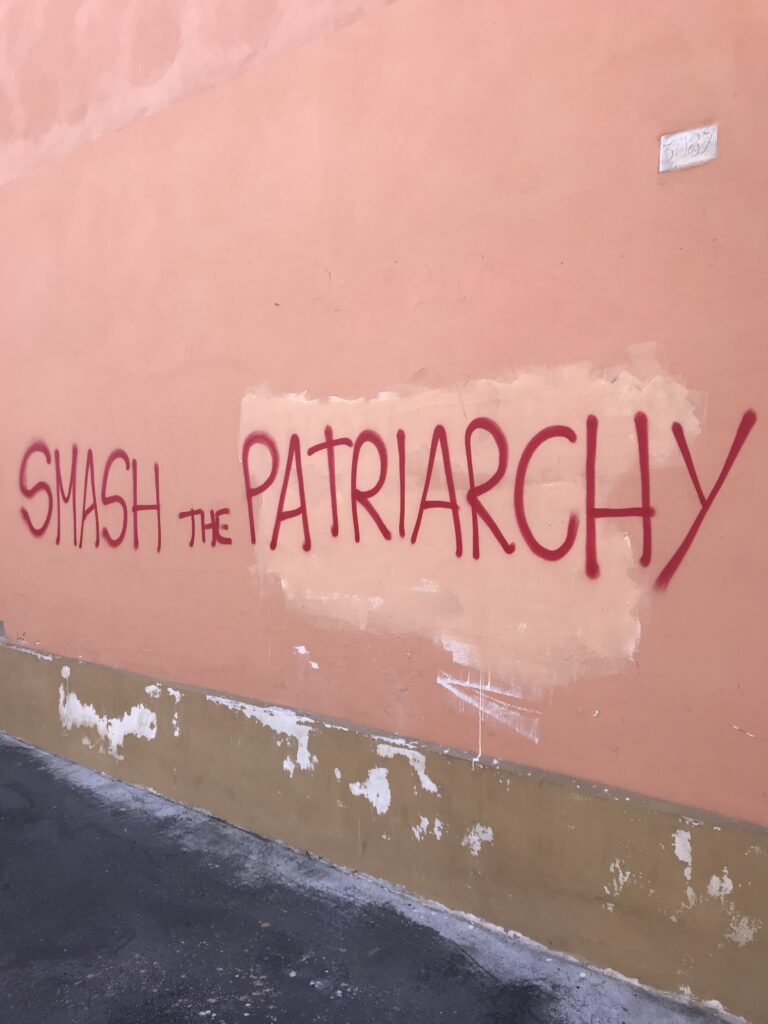
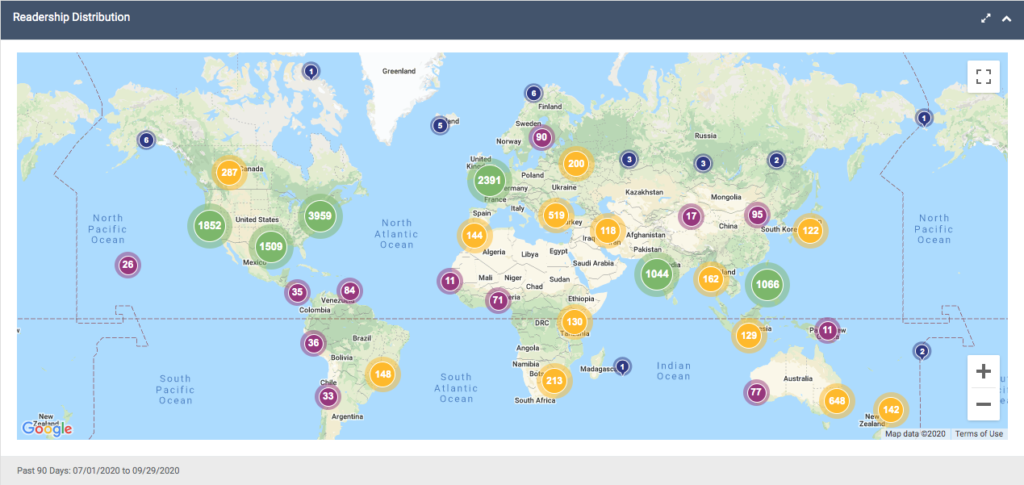
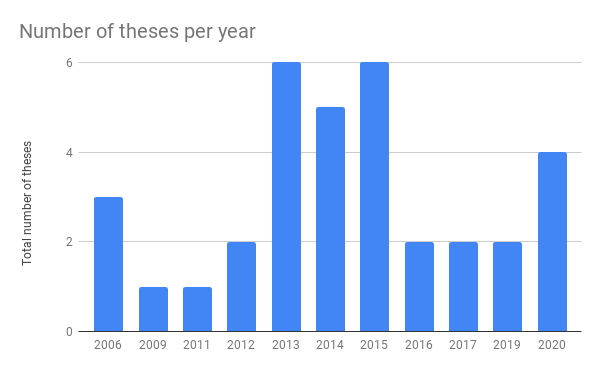
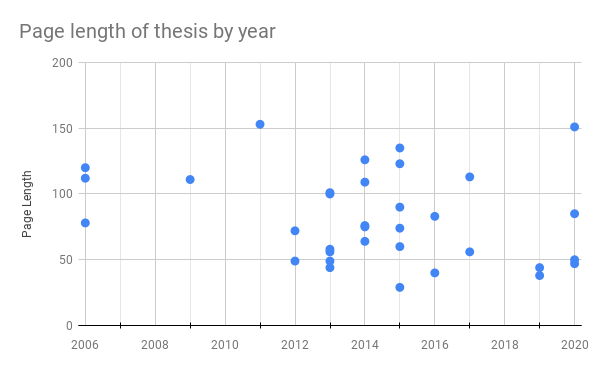
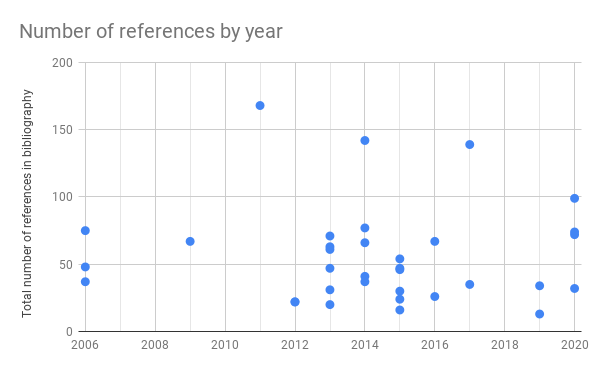
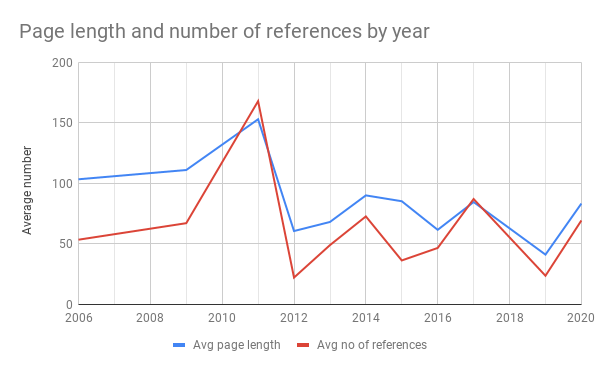
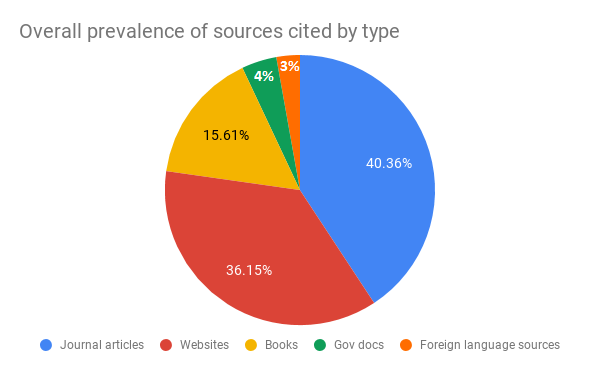
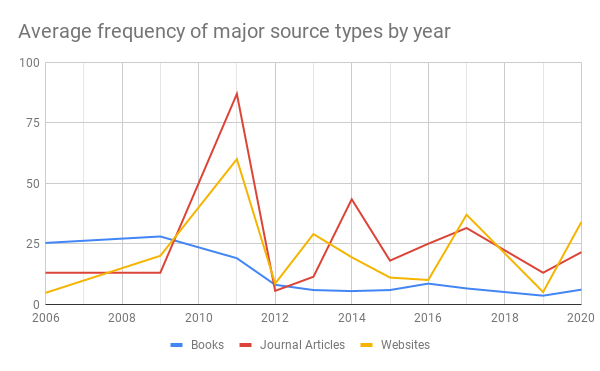
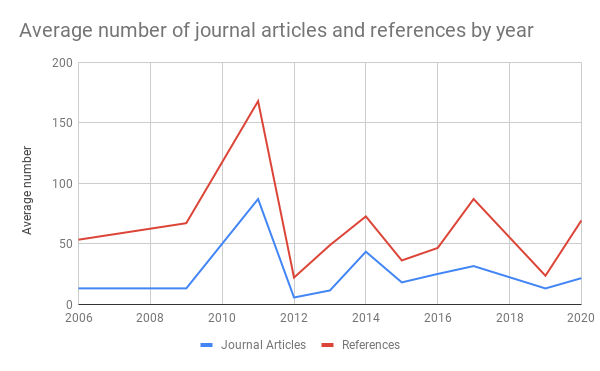
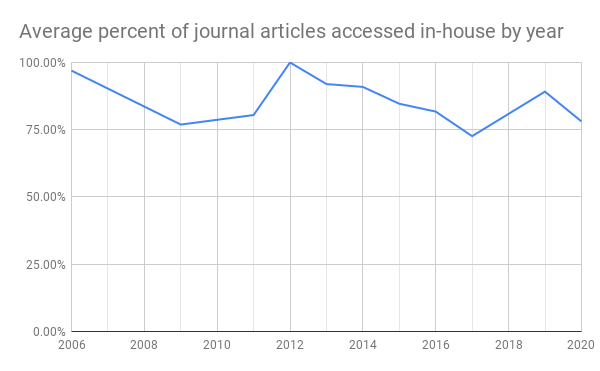
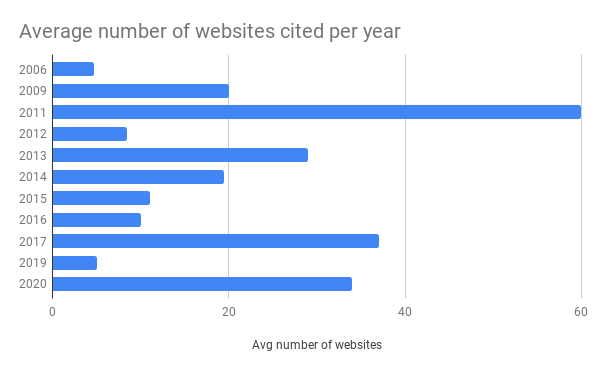
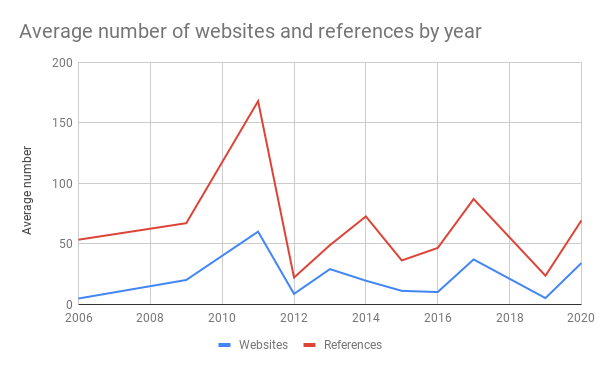
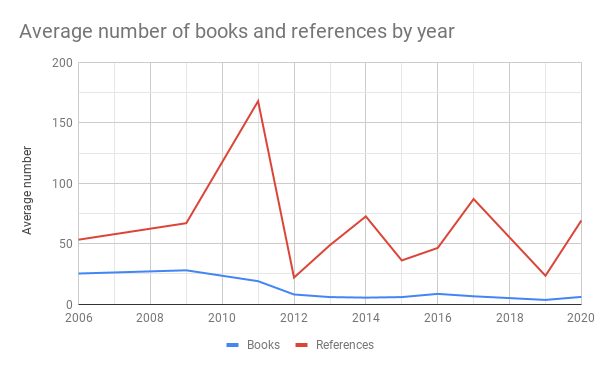
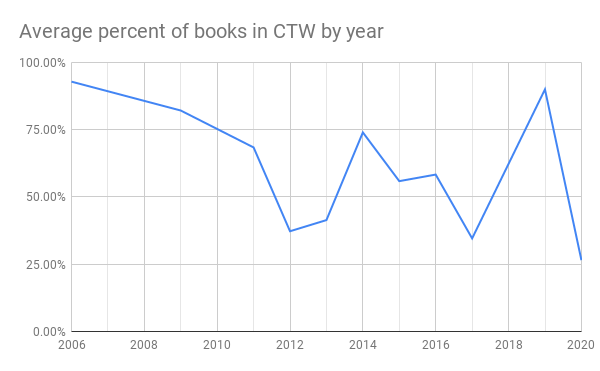
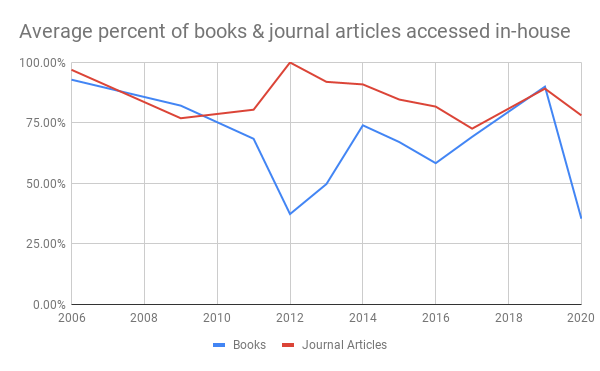










Recent Comments